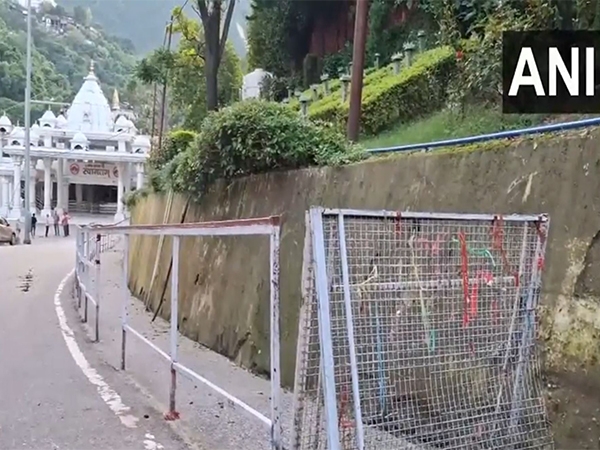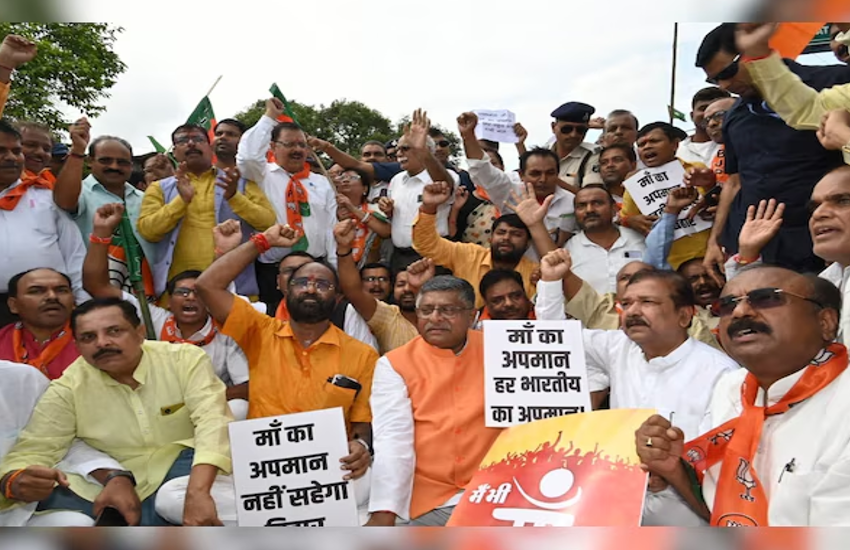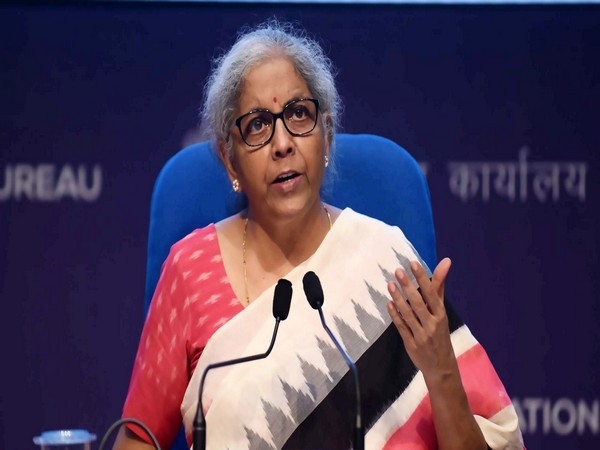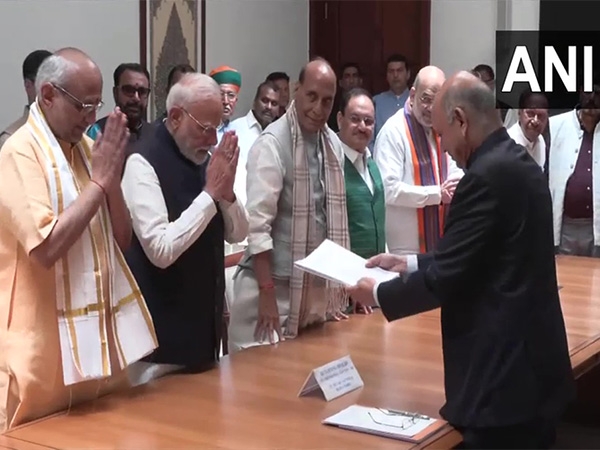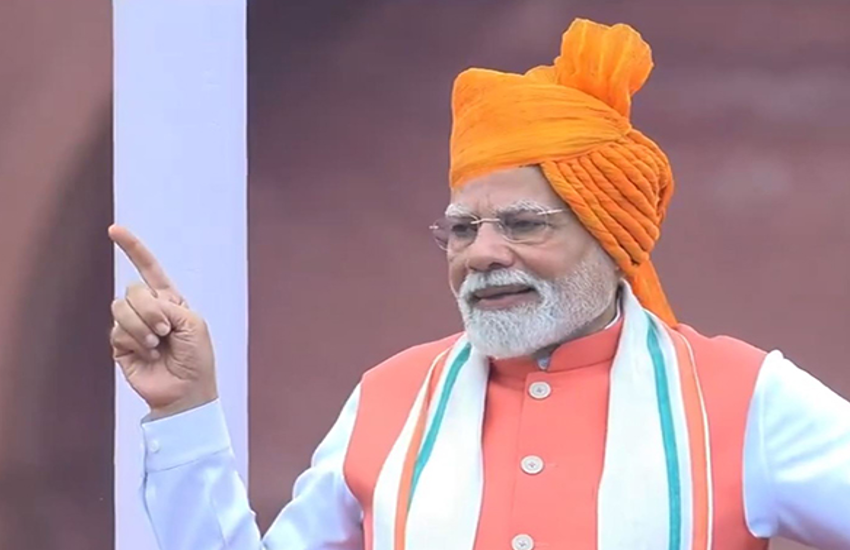Naga separatist Isak Swu no more. What happens to the peace process now?

- NSCN(IM) chairman Isak Swu died in Delhi on Tuesday. He was 87
- He was instrumental in the historic framework agreement with the govt last year
- The peace process won\'t be affected as T Muivah calls the shots in NSCN(IM)
- Former Nagaland CM Neiphiu Rio has termed Swu\'s death as a big setback
- Who was Isak Swu?
- How did he preserve the peace process?
Isak Chishi Swu, the founder and Chairman of the militant Nationalist Socialist Council of Nagalim (Isak-Muivah), a separatist group, has died. He breathed his last on Tuesday, at the Fortis Hospital in South Delhi's Vasant Kunj.
Swu's death, however, is unlikely to affect the dialogue process, since the framework agreement had his blessings. It is anyway Thuingaleng Muivah, the General Secretary and co-founder who is calling the shots in the organisation. Swu would pitch in on important decisions.
Also read - Naga deal decoded: this could end India's longest insurgency
The Chairman of the NSCN(IM) signed the historic framework agreement from his hospital bed on the settlement of the Naga issue with the Government of India on 3 August, 2015. Muivah signed the agreement at 7 Race Course Road, in presence of Prime Minister Narendra Modi, Home Minister Rajnath Singh, Defence Minister Manohar Parrikar, Centre's interlocutor RN Ravi and National Security Advisor Ajit Doval, who played a key role in the negotiations.
The framework agreement could be reached after over 80 rounds of negotiations involving as many as five Prime Minister including PV Narasimha Rao, HD Deve Gowda, IK Gujral, Atal Bihari Vajpayee, Manmohan Singh and now Narendra Modi.
The details of the framework agreement were never made public. The framework agreement recognised the unique history and situation of the Nagas, the need to share sovereign power based on the division of competencies and to work towards peaceful coexistence through mutually acceptable, honourable and lasting g solution to the Naga issue.
As Catch reported earlier, there are four broad points of agreement that are being worked out in a detailed agreement. And they may help end India's oldest insurgency. These include an elected Pan Naga Hoho (a supreme Naga Council that will eventually control all Naga areas), pending the integration of Naga areas formation of Regional Autonomous District Councils in Naga inhabited districts of Arunachal Pradesh, Manipur and Assam, a special Naga law in the Indian Constitution, and that all the resources in Naga areas will belong to the Nagas.
Nagas are happy with the government of India's readiness to appreciate their position and understand that their demand of integration of all Naga inhabited areas was difficult and that even if when they can't give up on this demand, they can't also be seen as triggering other secessionist movements. This demand of integration of Naga areas is tricky and contested by other states of Assam, Arunachal Pradesh and Manipur.
"I compliment the NSCN-IM for maintaining the ceasefire agreement for nearly 2 decades with a sense of honour. Nagas represent highest level of humanism, system of village administration and grass-root democracy should be a source of inspiration to the rest of the country," Prime Minister Modi had commended the Nagas after the historic agreement was inked suggesting Government of India's keenness to arrive at a solution to the long pending issue. While appreciating the Naga leaders for their 'wisdom' Prime Minister Modi had said "Unfortunately, the Naga problem has taken so long to resolve because we did not understand each other."
"It's a big setback that he (Swu) died at this crucial juncture," Neiphiu Rio, the Member of Parliament and former chief minister of Nagaland says. "The peace process is in the final stages and this is the time we needed him the most," Rio rued. The senior Naga leader is a key facilitator in the peace talks.
Rio, visibly sad over Swu's death says that his contribution and sacrifice will bear fruit and that it is difficult to find a man so committed to the cause of the Nagas. "He joined the movement in 1950 and has been active since," Rio recalled.
Also read - Emerging contours of the Naga settlement
The former Chief Minister of Nagaland also hinted that a final agreement could see the light of the day soon. "Every week one or two rounds of negotiations are taking place. It shows the urgency. I hope that something tangible will come out of the talks as we complete one year of the signing of the framework agreement," he says.
Some claim that the issue of a separate Naga identity, which is at the heart of the issue, has been gradually weakened largely owing to the aspirations of the younger generation which is moving out in search of better education and employment to other parts of the country.
As a senior BJP leader from Assam had told this reporter, "the issues will gradually fizzle out once the older generation which has a rigid stand, is gone." Perhaps, this has been weighing heavily on the minds of the NSCN leaders. This was a major concern for Swu as well. This explains why they are also keen to come to a political solution and end the insurgency.
Who was Issac Swu?
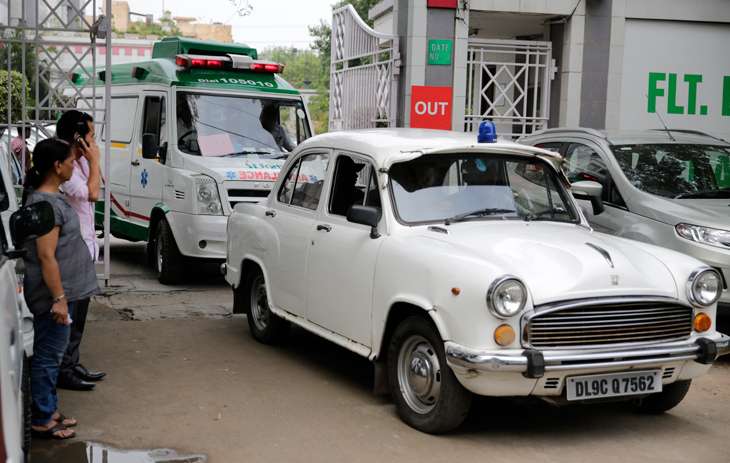
In an interview to the Assam Tribune, Swu, among other things had remarked, "Our past generations were equipped with the spirit of self-reliance. They were productive and used commodities of their own make. But generations today are departing from the work culture. They are entirely dependent on others for their livelihood. It is a dead philosophy. It is now high time for us to rise up and rebuild our thinking before we are totally ruined. We are not a strong people until and unless we can stand on our own feet economically and politically. Rebuilding of our economy is paramount. Therefore, we must decide and soar."
Also read - Jungle diary: Naga rebels celebrate their 'last Independence Day'
The 87-year-old Swu, who joined the Naga movement in the 1950s, formed the NSCN in 1980 against the Shillong Accord between NNC and the Government of India. Swu served as the 'Foreign Secretary' in the NNC's underground government was responsible for establishing contacts with other countries including China, which is said to have helped the Nagas against India. NSCN(IM) is the largest and the most influential among the seven outfits in Nagaland.
A Sumi Naga born in Chishilimi village in Zunheboto district, Swu was seen as someone who could even influence other Naga factions as well as the powerful Church in Nagaland. Muivah, on the other hand, is a Thangkul and comes from Ukhrul district of Manipur.
While the Khaplang faction of the NSCN, which broke away after a violent clash in 1988, has been still engaged in fighting with the Indian government, the NSCN(IM) entered into a ceasefire in 1997. NSCN (K) has its headquarters across the border in Myanmar and is led by a Hemi Naga, S S Khaplang, a citizen of that country.
It was a meeting with then Prime Minister PV Narasimha Rao, in Paris in 1995 which paved the way for the ceasefire with the NSCN (IM) which came into effect on 1 August, 1997. Swu and other leaders of the NSCN (IM) had escaped to Thailand earlier. Their demand of Nagalim includes an area of 1,20,000 sq km as against a little over 16,000 sq km of territory which forms the present day Nagaland.
Swu had been in the hospital for over an year, lately on ventilator support, fighting multi-organ failure and septicemia. His kidneys had also given way, and he was on dialysis, reports say.
It is still not clear as to who will succeed Swu as the Chairman. There are a few in the fray including, Q Tuccu, AZ Jami, Vikiye Awomi and Tongmath Wangnao.
More in Catch - Naga peace talks, a Thai gun-runner and the curious case of Anthony Shimray
Nagaland CM welcomes the historic peace accord with India
Government signs peace accord with Nagaland insurgent group NSCN-IM
First published: 29 June 2016, 2:59 IST
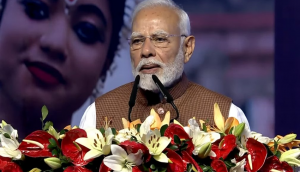


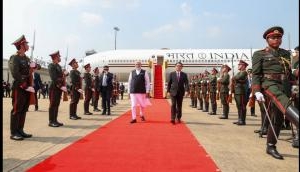
![BJP's Kapil Mishra recreates Shankar Mahadevan’s ‘Breathless’ song to highlight Delhi pollution [WATCH] BJP's Kapil Mishra recreates Shankar Mahadevan’s ‘Breathless’ song to highlight Delhi pollution [WATCH]](https://images.catchnews.com/upload/2022/11/03/kapil-mishra_240884_300x172.png)

![Anupam Kher shares pictures of his toned body on 67th birthday [MUST SEE] Anupam Kher shares pictures of his toned body on 67th birthday [MUST SEE]](https://images.catchnews.com/upload/2022/03/07/Anupam_kher_231145_300x172.jpg)


